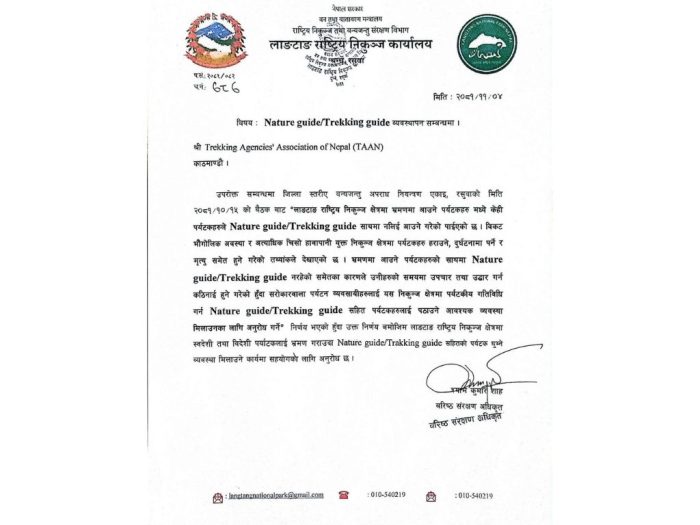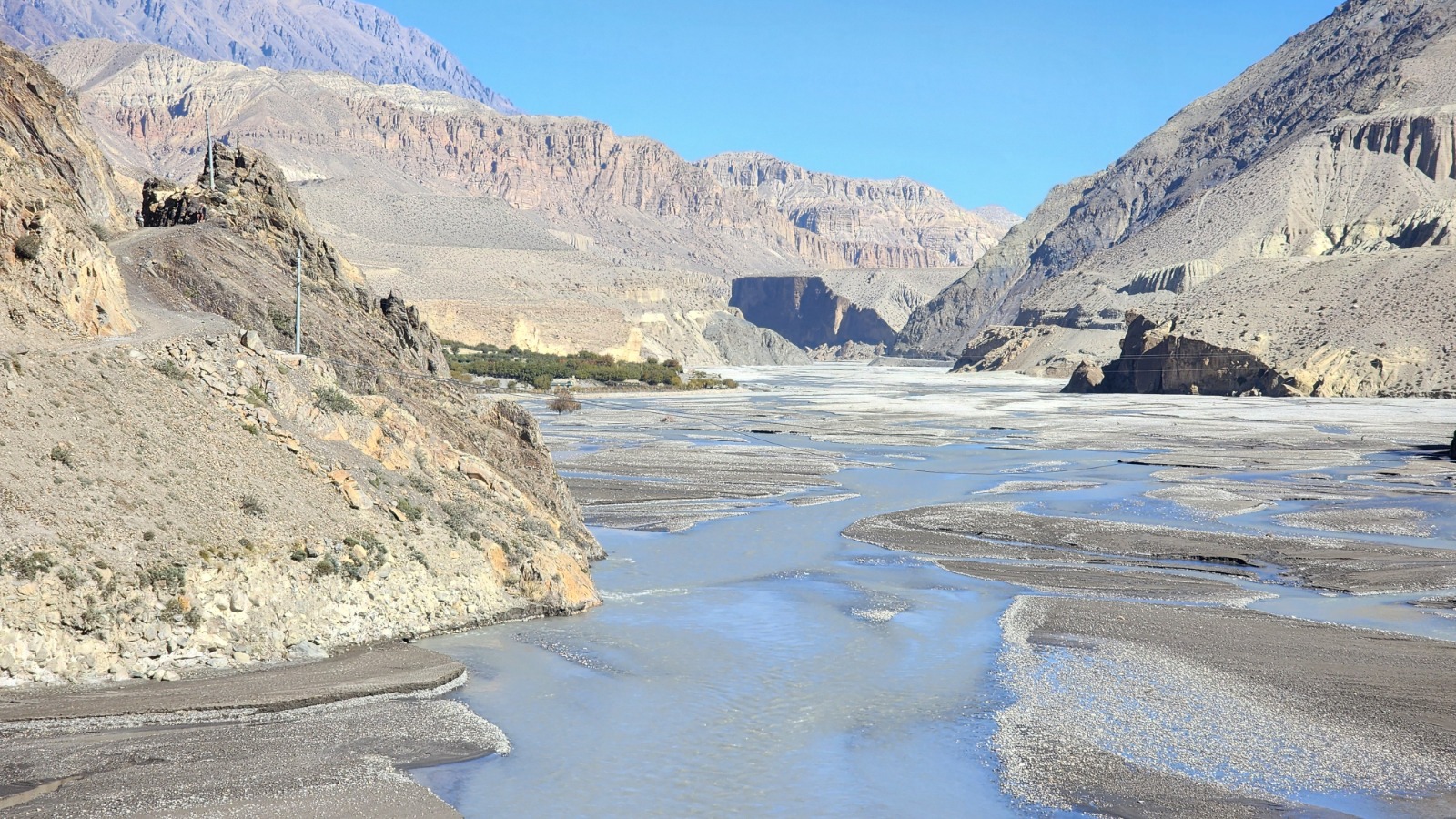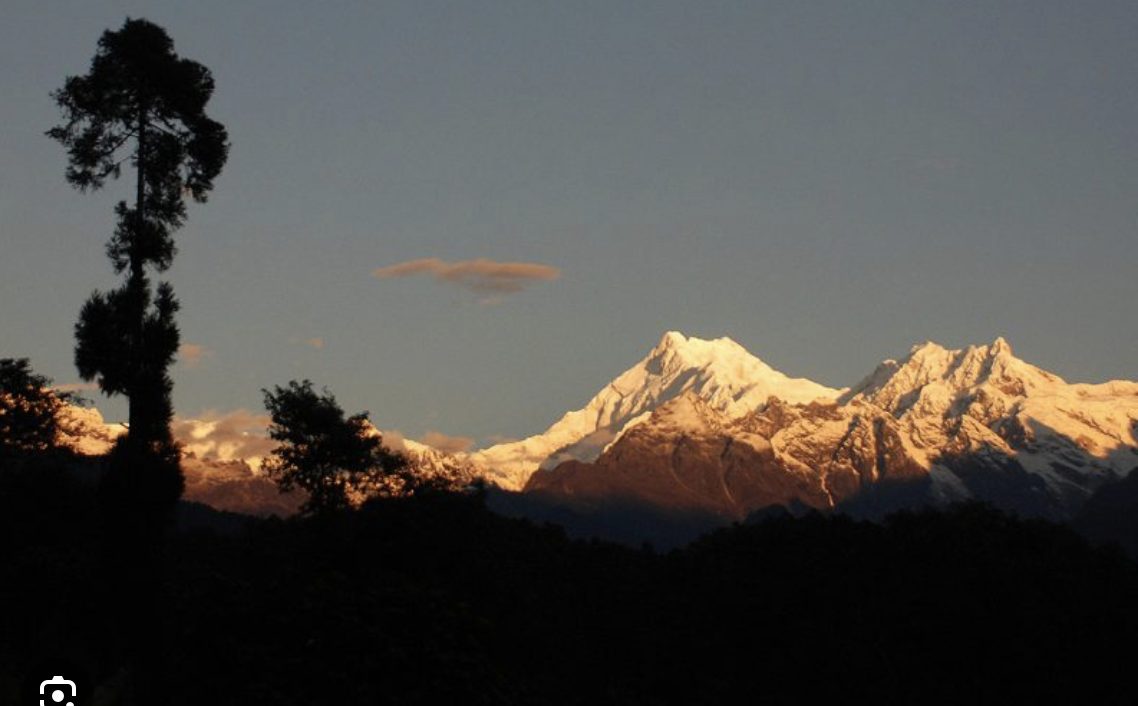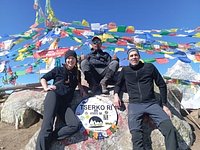Langtang valley update Feb 5: Mandatory guide
Posted by: Nepal Holiday Treks and Tours on February 18, 2025
Trekking in Langtang Valley Feb 5? There is now a mandatory guide regulation in place to ensure safety, support local communities, and give a quality trekking experience. Catch up on the latest regulations before your trek. Trekking in Nepal is a dream for many adventurers. With its stunning mountain views, rich culture, and inviting landscapes, it’s no wonder people flock to this small but mighty country every year. Among the most popular routes is the Langtang Valley trek—a trek that offers an unbeatable combination of beauty, peace, and accessibility. Unlike some of the more famous treks like Everest Base Camp or Annapurna, Langtang is known for being quieter, less crowded, and just as breathtaking.
But here’s the catch: solo trekking in Langtang Valley is now banned. If you’ve been dreaming of hiking this valley independently, you’ll need to adjust your plans. Yes, you’ll now need a guide or be part of an organized trekking group. While this might come as a surprise to many, it’s a step in the right direction for safety, sustainability, and local economic support.
Let’s break down why this ban was necessary, how hiring a Langtang guide can make your trek even more memorable, and why this shift actually makes the Langtang trekking experience better for everyone.

Why the Ban on Solo Trekking in Langtang?
The decision to ban solo trekking in Langtang wasn’t made lightly, but it was certainly necessary. Over the years, there have been rising concerns around safety, environmental impact, and the need to support local communities. Let’s dive into the main reasons this ban is now in place.
1. Trekking Safety – It’s More Than Just the Views
We’ve all seen those beautiful pictures of trekkers standing triumphantly on mountain peaks, gazing out over endless valleys. But trekking in high-altitude environments like Langtang Valley is no walk in the park. There are real safety risks that come with this kind of adventure—risks that are heightened if you’re trekking solo.
Altitude sickness is one of the most common concerns. Langtang’s highest point, Kyanjin Ri, sits just over 4,700 meters (about 15,400 feet). Even if you’re in good physical shape, the altitude can affect you, often without warning. Solo trekkers, without the benefit of a trained guide, might not recognize the early signs or know how to respond. A guide, however, is well-trained to spot the symptoms and act quickly—something that could literally be life-saving.
Weather can be another major challenge. The Himalayas are notorious for quickly changing weather patterns. What starts as a sunny day can quickly turn into a snowstorm or rain, especially during the monsoon season. A guide knows how to read the weather and adjust the itinerary, ensuring that you’re not caught out in dangerous conditions. Without one, it’s easy to find yourself in tricky situations that could delay your trek or put your safety at risk.
Having a guide also gives you access to someone who knows the terrain inside and out. Trekking paths can be confusing, especially if you’re unfamiliar with the region. There are narrow trails, tricky slopes, and areas that can become dangerous after bad weather. Guides are skilled navigators, and their knowledge of the route means that you won’t get lost or find yourself on a trail that’s suddenly become impassable.
2. Learning from the Past – The 2015 Earthquake and Langtang’s Recovery
Another significant reason for the ban is the aftermath of the 2015 earthquake. If you’ve heard about the devastation in Langtang Valley during that time, you’ll know how it changed the landscape forever. Avalanches triggered by the quake wiped out the Langtang village and caused major disruption to the trekking paths. Many trekkers and locals tragically lost their lives.
While Langtang has made a remarkable recovery in the years since, it’s still a region with a delicate ecosystem and infrastructure that’s slowly rebuilding. Trekking without a guide in such a dynamic and unpredictable environment is risky. The terrain can shift unexpectedly, and the risk of avalanches or landslides remains. A guide who’s lived through these changes knows the areas to avoid, the safest routes to take, and can guide you through parts of the valley that might be unstable.
3. Supporting Responsible and Sustainable Tourism
Nepal’s growing popularity as a trekking destination has brought about concerns around sustainable tourism. Langtang, as part of the Langtang National Park, is a beautiful and ecologically sensitive area. The last thing trekkers want to do is leave a negative impact on this pristine environment.
A major part of the ban is aimed at eco-tourism—preserving the beauty of the region while ensuring it remains a viable source of income for local communities. Guides play an important role in educating trekkers on responsible practices, such as staying on designated trails, respecting wildlife, and reducing waste. Without a guide, many trekkers may unknowingly disrupt delicate ecosystems or pollute the environment.
Guides are also responsible for encouraging responsible waste disposal. As much as trekkers love the beauty of Langtang, the region isn’t immune to the environmental strain caused by tourism. Guides help make sure you pack out everything you bring in, from food wrappers to water bottles, and teach you the importance of reducing your carbon footprint while trekking.
4. Boosting the Local Economy
Finally, there’s the economic aspect. The local communities in Langtang, made up of primarily Tamang and Sherpa people, depend heavily on tourism for their livelihood. Trekking with a guide directly supports these communities. Guides are often locals who know the area intimately. By hiring a guide, you’re not only ensuring your own safety but also providing employment and fair wages to people in the area.
Solo trekkers may bypass local services, staying in guesthouses or purchasing supplies elsewhere, but with a guide, you’re more likely to stay at local lodges, eat at local restaurants, and support the local infrastructure. This creates a ripple effect—helping local families, keeping traditions alive, and maintaining the charm of the region. Plus, local guides often have additional knowledge about local culture, giving you a richer and more authentic experience.
Why Having a Langtang Guide is a Game-Changer
At first glance, the idea of not being able to trek solo might feel like a setback. But the truth is, having a Langtang guideis one of the best decisions you can make to ensure a truly rewarding trekking experience. Here’s why:
1. Local Knowledge and Cultural Insights
One of the best parts of trekking in a place like Langtang is learning about the local culture. Your Langtang guide is a local, and they can offer insights into the traditions, customs, and way of life that you wouldn’t get just from reading a guidebook. Want to know the significance of the monasteries you’ll pass along the trail? Curious about the Tamang and Sherpa communities that live in Langtang? Your guide is the perfect person to explain the rich cultural tapestry of the area.
2. Peace of Mind
While trekking, you want to focus on the beauty of your surroundings, not stress about whether you’re on the right path. With a guide, you can relax and enjoy the stunning scenery without constantly worrying about where to go next. Plus, they know all the best spots for photos and can take you to hidden viewpoints you may never find on your own.
3. Support in Case of Emergencies
In case anything goes wrong—whether it’s a health issue, an accident, or something else—a guide is there to offer immediate assistance. Guides are trained in first aid, and many have knowledge of altitude sickness treatment. They can quickly assess your condition and take the necessary steps to get help if needed.
4. It’s More Fun!
Let’s face it: trekking with a guide is often more fun. They’re there to share stories, jokes, and experiences along the way. A solo trek might sound peaceful, but having someone to chat with during those long hours on the trail makes the experience a lot more enjoyable. Plus, you’ll get to know your guide and learn a lot about the area, the people, and the culture, making your adventure even more meaningful.
What to Expect from a Langtang Certified Trekking Expert
A Langtang certified trekking expert offers vast experience, knowledge, and professionalism to ensure a safe and enjoyable trekking experience. They are well-versed in the terrain, climatic conditions, and altitude issues of the area, ensuring they are confident in their ability to lead trekkers. Their competence entails negotiating diverse trails, handling emergencies, and giving first aid when needed. In addition, they are prepared to deal with altitude sickness, so trekkers acclimatize nicely and minimize health risks. With their intimate understanding of neighborhood culture, history, and traditions, they add enjoyment by sharing insightful information about the Tamang and Tibetan-influenced residents of Langtang.
Other than technical information, a qualified trekking expert develops a welcoming and pleasant trekking experience. They offer encouragement, arrange logistics such as permits and lodging, and tailor the itinerary based on trekkers’ medical condition and personal preference. Their linguistic skills of communication in multiple languages ensure smooth interaction with both trekkers and locals. Additionally, they employ responsible trekking practices, promote eco-friendly travel, and respect local traditions. Whether it’s organizing warm tea house stays, guiding through picturesque landscapes, or sharing stories of the Himalayas, an expert guide offers a well-organized, memorable, and enriching experience in Langtang.
In Conclusion: Why You Should Embrace the Change
While the ban on solo trekking in Langtang Valley may seem like an inconvenience at first, it’s a positive step toward ensuring that Langtang remains a safe, sustainable, and beautiful trekking destination. Trekking with a Langtang guide enhances your experience, helps support the local economy, and ensures that you’re exploring the region responsibly.
So, instead of seeing this as a limitation, embrace the opportunity to learn more, trek more safely, and contribute positively to the local community. Your Langtang adventure is just waiting to be unforgettable—with the right guide by your side.
FAQ
What is the maximum altitude of the Langtang Valley Trek?
The maximum altitude of the Langtang Valley Trek is Kyanjin Ri (4,773m / 15,655ft) or Tserko Ri (4,984m / 16,351ft) if you take higher vantage points. The trek typically reaches Kyanjin Gompa (3,870m / 12,697ft), the last village on the trail.
How difficult is the Langtang Valley Trek?
The trek is moderately difficult. It is 5-7 hours of daily trekking with gradual ups. The trek involves steep rises but is not difficult for trekkers who have general fitness and trekking experience. Some hiking experience is beneficial but not required.
May I do the Langtang Valley Trek on my own? Is solo trekking safe?
Yes, one can trek go solo, but it is highly recommended from the Trekking Agencies Association Of Nepal.
Is altitude sickness a risk on the Langtang Valley Trek?
Yes, altitude sickness can occur, especially after Kyanjin Gompa (3,870m) if you ascend too quickly. To reduce the risk: Acclimatize properly (spend an extra day at Kyanjin Gompa),Hydrate with plenty of water and no alcohol,Descend immediately if you experience bad symptoms like dizziness, nausea, or shortness of breath.
When is the best time to trek Langtang Valley?
The best time is: Spring (March-May): Good weather, rhododendron flowers, and clear views, Autumn (Sept-Nov): Good stable weather, clear skies, excellent visibility and Winter (Dec-Feb) may occur but it will be cold, and monsoon rains occur during summer (Jun-Aug).
How do I travel to the trek starting point?
The trek begins from Syabrubesi (1,503m / 4,931ft). It is possible to travel to Syabrubesi by: Public Bus: 7-9 hours from Kathmandu (NPR 800-1,200 / USD 6-10) and Private Jeep: 5-7 hours, more convenient (cost NPR 15,000-20,000 / USD 110-150 per jeep, divided by passengers).
What is the accommodation on the trek?
There are tea houses and lodges along the trail with basic rooms and shared toilets. Advance reservation during peak months is recommended.
Do I bring travel insurance?
Yes, trek insurance with height up to 5,000m and emergency evacuation is highly recommended in case of altitude sickness or accidents.
What are the highlights of the Langtang Valley Trek?
Stunning views of Langtang Lirung (7,227m) and surrounding peaks.
- Tamang villages and Buddhist monasteries on classic routes.
- Alpine meadows, glaciers, and waterfalls.
- Kyanjin Gompa, a famous monastery with outstanding views
Related Blogs

Mustang Travel Guide 2025 : What No One Tells You
A hidden treasure in Nepal for adventure travelers and cultural buffs, Mustang, or the Forbidden Land, lies in the rain shadow of the mighty Himalayas. The Mustang region has two different divisions: Upper Mustang and Lower Mustang with Lo Manthang, city, as the capital of the Mustang kingdom. Lower Mustang in Nepal includes the villages […]

Conservation Areas of Nepal : Preserving Nature and Wildlife
Nepal is endowed with an ancient heritage, both in the natural landscape and the culture of the people. The beautiful peaks of the Himalayas and wonderful valleys to enchanting hills and the lowlands of the Terai; provides wealth to the country of varied landscapes, flora-fauna and wildlife. The wonderful scenario and the valuable biodiversity have […]

The Langtang Trek 2025: Why a Guide Is Your New Best Friend on the Trail
In 2025, Nepal introduced a new rule requiring trekkers to employ a guide for the Langtang Trek. The move is aimed at enhancing safety, supporting sustainable tourism, and more effectively serving trekkers while navigating the remote reaches of Langtang National Park. Langtang, with its stunning Himalayan scenery, rich biodiversity, and cultural heritage, attracts trekkers from […]
